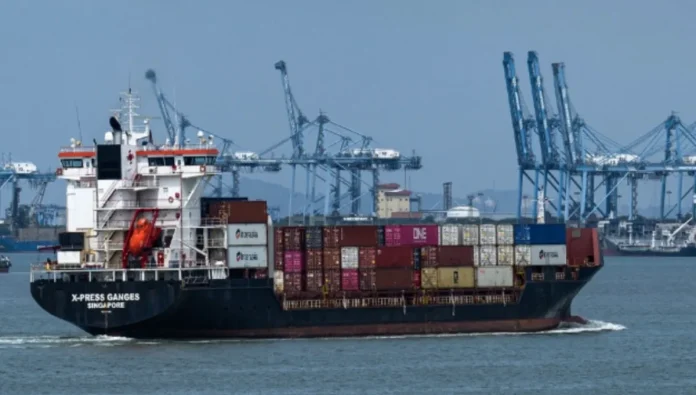KUALA LUMPUR: Malaysia’s economy is reaccelerating on firmer domestic demand and improving net exports, according to economists following the release of gross domestic product (GDP) data for the third quarter of 2025 (Q3’25).
IPP Global Wealth country economist Mohd Sedek Jantan said Malaysia’s 5.2% growth in Q3’25 aligns with official data pointing to strong domestic demand, improving exports and broad-based sectoral expansion.
“But the deeper message is that the economy is gaining momentum, not just holding steady,“ he told SunBiz.
He said the solid 2.4% quarter-on-quarter pickup, alongside the rebound in services, manufacturing (especially electrical and electronics) and mining, shows that economic activity is not only recovering but reaccelerating.
“What stands out to me is how the improvement in net exports and the swing to a RM12.2 billion current account surplus reflect Malaysia’s agility in navigating global trade turbulence,” he added.
With unemployment at 3%, wages rising 3.8%, consumption expanding 5% and inflation anchored at 1.3%, Mohd Sedek said, the foundations of growth are becoming more domestically driven, more stable and less reliant on pure trade momentum.
He added that IPP Global Wealth has revised its 2026 GDP growth projection for Malaysia to 4.3%-4.5%, supported mainly by private consumption and manufacturing.
“While global trade policy remains uncertain, the impact on Malaysia is very limited. The US-Malaysia ART (Agreement on Reciprocal Trade) has reduced trade uncertainty on our side,” he said.
UOB Global Economics & Markets Research said the final GDP figures confirmed Malaysia’s robust 5.2% year-on-year growth in Q3’25, supported by expansions in services and manufacturing, a rebound in mining and quarrying, and sustained double-digit growth in construction.
“Domestic demand remained resilient, underpinned by strong household spending and firm investment activity, while targeted fiscal support and stronger net exports provided an additional lift.”
UOB said the current account surplus widened sharply to RM12.2 billion (2.4% of GDP).
It maintained its 2025 GDP forec
ast at 4.6% and expects growth to hold steady at 4.5% in 2026, supported by new budget measures and stable investment momentum.
The OPR is expected to remain at 2.75% in 2026, given strong GDP performance, improved tariff clarity and moderate inflation pressures.
CIMB Treasury & Markets Research said Malaysia’s final Q3’25 GDP growth of 5.2% was in line with its estimate and driven by resilient domestic demand and a sharp rebound in mining.
“Private consumption grew 5%, supported by the firm labour market (3% unemployment rate), the RM100 STR+SARA (Sumbangan Tunai Rahmah and Sumbangan Asas Rahmah cash aid programmes) and disbursements, and the full implementation of the RM1,700 minimum wage in August 2025,” it said.
CIMB noted that exports of goods and services rose 1.4%, lifted by strong electrical and electronics demand. Services expanded 5%, manufacturing 4.1%, and mining 9.7%, driven by recovering natural gas and crude oil output and a favourable base effect.
“On a seasonally adjusted basis, GDP rose 2.4% quarter-on-quarter, faster than the 2.2% recorded in the previous quarter,“ it added.
Williams Business Consultancy founder and director Geoffrey Williams said economic growth of 4%-4.5% in 2026 is realistic as it reflects Malaysia’s underlying growth potential.
“In fact, growth for 2025 is likely to be 4.5%-5%, probably around 4.7%, which is within the revised forecast and slightly above Malaysia’s potential rate,” he told SunBiz.
Williams said growth remains mainly driven by domestic demand with only a slight improvement from net trade.
“Unfortunately, this is still consumption-led rather than investment-led, so it will not significantly lift the economy’s long-term growth potential.”
He added that wage growth remains modest, while the STR-SARA payments are unchanged from last year and limited to specific groups and outlets, limiting their impact.
“Relying on tourism and data centres presents an interesting contrast between low-tech and high-tech activities. Low-tech tourism will create more jobs and have a stronger local community impact, whereas high-tech data centres will not generate many jobs after construction, with most spillovers occurring during the building phase,” Williams said.







